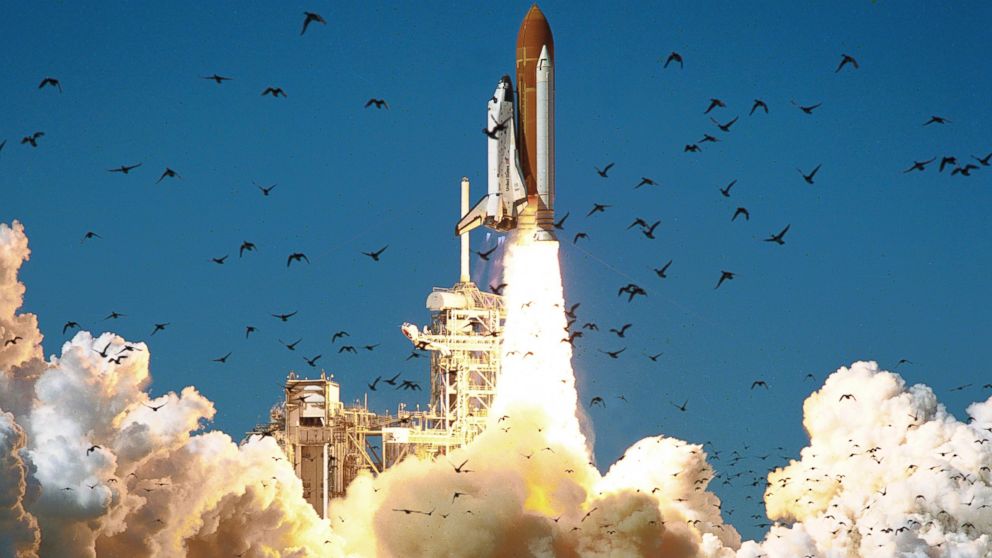Astronauts Reflect on How Space Shuttle Challenger Tragedy Shaped Their Careers
"It's a dangerous business," astronaut Doug Wheelock told ABC News.

— -- The horrific video of the Space Shuttle Challenger erupting into a fireball and disintegrating on live television is forever burned into the minds of everyone who watched and remains one of the biggest tragedies in the history of NASA.
The incident, which happened thirty years ago today, came at a formative time for astronaut Doug Wheelock, who at the time was a lieutenant in the U.S. Army stationed in Oahu with thoughts of joining NASA. Wheelock told ABC News he and his colleagues first heard the report of the explosion and then turned on the television.
"With that accident, it was sobering for all of us and I thought, 'I will do whatever I can to try to get there to NASA,'" Wheelock said. "For me it was a draw to something larger than myself. It set me firmly on my course to try to get here in NASA."
Wheelock was selected for the astronaut training program in 1998 and during his career he spent 178 days in space over the course of two missions, one of which was flown on the Space Shuttle Discovery. The memories of two other shuttle tragedies -- the Challenger and the Columbia explosion in 2003 -- were on his mind as he took his first flight in 2007.
"It's at the forefront of everything we do," he said. "It's a dangerous business and lets never take our mind off of that and lets always do what we can to mitigate risk and avoid any kind of errors we can with developing our teamwork and sense of checks and balances."
Clay Anderson, a retired astronaut who wrote about his time at NASA in the memoir "The Ordinary Spaceman," spent 167 days in space over the course of two missions which were on the Space Shuttles Atlantis and Discovery.
As a young engineer in 1986, Anderson remembers taking a break from a meeting to watch the Challenger launch with his colleagues at Johnson Space Center.
"I didn’t know much about astronauting back then, but I knew it didn’t look right," he told ABC News. "When I heard people crying and screaming I figured out it wasn’t good. We sat there looking at each other stunned and we cancelled our meeting."
Anderson was selected as an astronaut in 1998 and said he was confident after being at NASA for so long that the agency's engineers were able to analyze what went wrong and eventually make the shuttle program safer.
"You don’t dwell on what you don’t know. You can only dwell on what you do know," Anderson said. "You have to trust the people would do the right thing to fix it and get it right."




